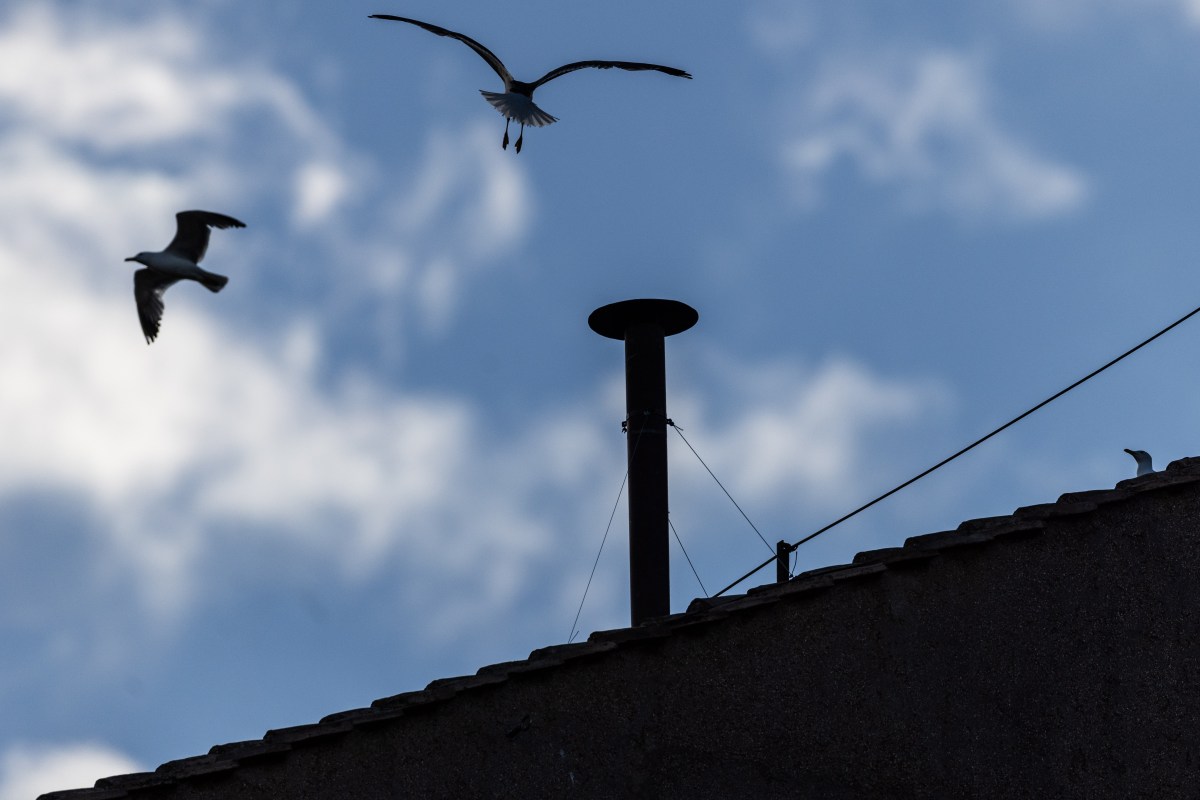The world is transfixed by a stationary YouTube broadcast of the Sistine Chapel’s chimney, where hundreds of thousands of viewers globally are watching and waiting. Periodically, a seagull will land on the roof, providing a brief moment of excitement in an otherwise uneventful scene. However, for the most part, the broadcast remains still, with nothing significant happening.
The College of Cardinals commenced the process of selecting the next pope on Wednesday, following the passing of Pope Francis. This is a longstanding, sacred ritual that predates modern mass media, where the conclave communicates its progress to the public through smoke signals – black indicating no decision has been made, and white signifying a newly elected pope.
Historically, the smoke signal was intended for the benefit of local onlookers, but with the advent of global broadcasting, dozens of streams now provide 24/7 coverage of the Sistine Chapel’s exterior online. The only sounds accompanying these streams are the ambient noises of the crowded city square and the occasional seagull call, with no narration from a television host.
In an era where YouTubers strive to optimize every aspect of their videos for maximum virality, the mundane nature of “conclave cam” is strangely captivating. It bears resemblance to the Nordic concept of “slow TV,” where public networks air commercial-free footage of dull yet calming scenes, such as salmon swimming upstream, trains traveling through the countryside, or moose migrating to their summer habitats.
For hours or even days, viewers can watch these calming scenes, and the “conclave cam” is an extension of this trend. The surrounding user interface on YouTube is familiar, with unmoderated live chats moving quickly, similar to a popular creator’s livestream. However, unlike a Fortnite Battle Royale, there is limited discussion topics in the chat, with the most exciting moments being the occasional bird flying through the frame or the chimney emitting smoke.
Despite the lack of excitement, the chat often devolves into arguments about politics, soccer, and Elon Musk, with some users employing strong language. In some instances, viewers purchase superchats to express their vision for the future of the Catholic Church, with bold blocks of text standing out in the busy chat.
Techcrunch event
Berkeley, CA
|
June 5
The appeal of watching a conclave livestream lies not in discovering when the next Pope is selected, as push notifications can provide that information. Instead, viewers are drawn to the quiet, serene atmosphere. Office workers might keep a stream open in a small window on their laptop, glancing over when they notice a seagull moving out of the corner of their eye. As sunset approaches, the sky darkens, and night falls, creating a sense of community among strangers gathered on a common webpage.
There is something spiritually significant about this shared experience, but it has little to do with the religiosity on display. Rather, it stems from the human desire to experience something collectively, even if that includes participating in an unmoderated live chat. This sense of community and shared experience is what makes the “conclave cam” so captivating, despite its mundane nature.
Source Link





